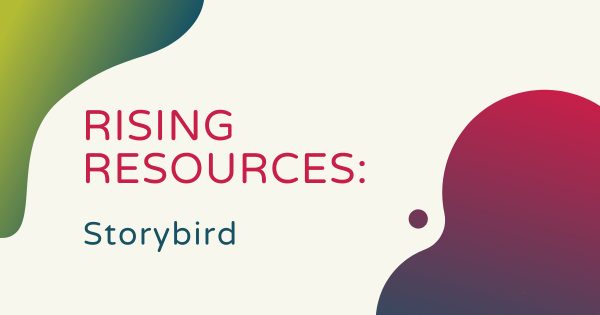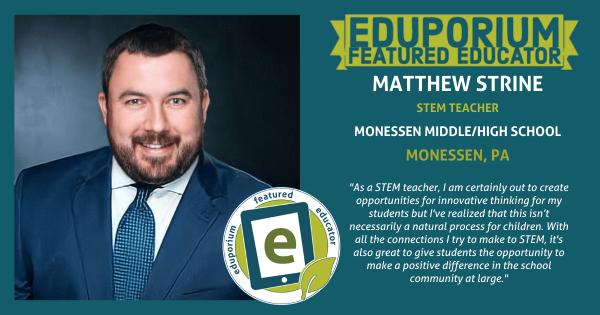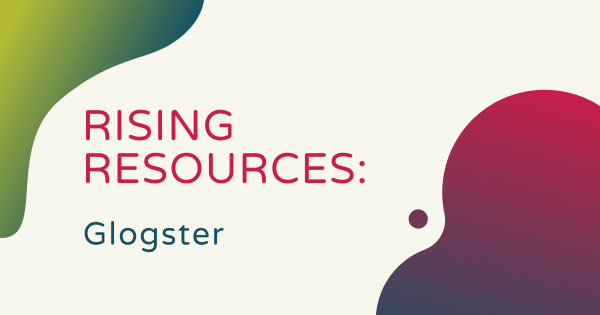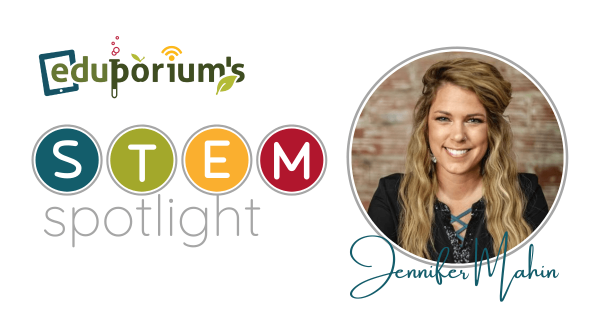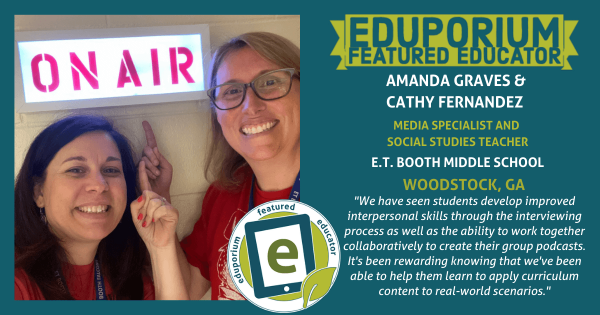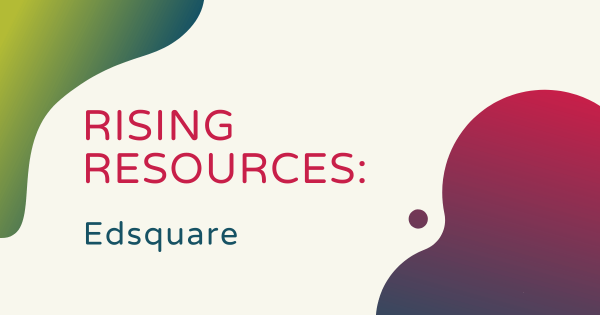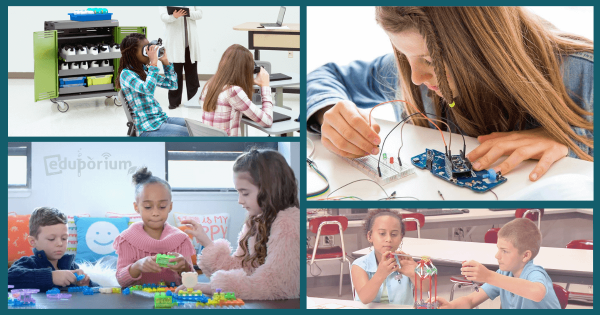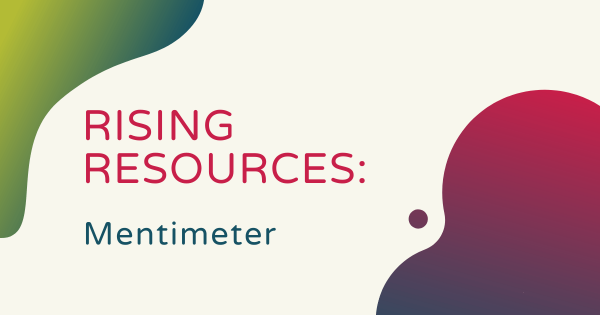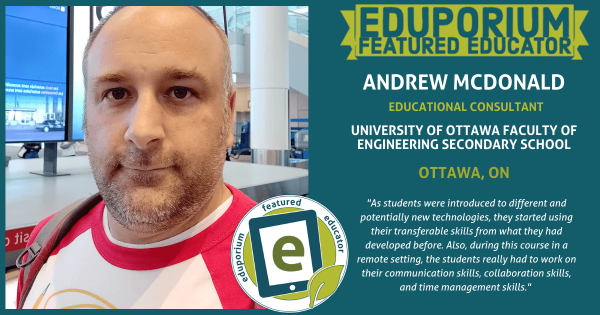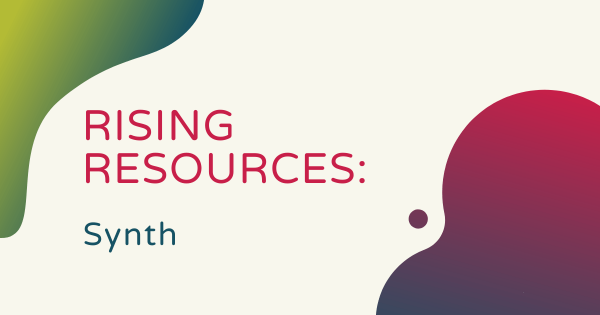An art-inspired platform, Storybird is designed to help students become better writers. One of the most important soft skills in today’s world, we know that communication is key in any future career. Since so much of today’s workforce requires a reliance on digital technologies, it’s easy to see why educators place such an emphasis on writing skills.
EdTech
Educational technology has, of course, completely transformed how today's K-12 students learn. From basic 3D printers and virtual reality systems to simple coding robots and screen-free building tools, countless numbers of educators have been able to affect education for the better and help children develop transferrable skills for the real world. Since EdTech now covers so many areas, however, there often remains a lot for teachers to learn about and explore. Not every technology tool will impact your students in the same ways, nor will they enhance every single lesson. It's more about finding the right solutions for the right situations and building high-quality instruction from there. In this section, we cover everything from specific classroom STEM kits to insights on integrating EdTech tools in teaching. And, we'll continue adding new resources with thoughts on the many branches of the EdTech tree.
EdTech resources are constantly impacting student development and redefining how educators can engage them. Besides those hands-on technologies, digital tools and platforms also play a huge role in learning. From coding or artificial intelligence to social-emotional learning, the instant availability of EdTech resources generates many revolutionary opportunities all throughout the world of K-12 and higher education. When it comes down to it, however, equitable access to technology can be a complete game changer. With these opportunities, students can build the hard and soft skills to navigate our increasingly complex world. And, no matter how complex or simplistic EdTech activities are, they can help catalyze that development. We encourage you to browse the content below and reach out to our team with any questions.
-
Eduporium Featured Educator: Matthew Strine
For the month of October, we hear from Matthew Strine, who’s a STEM teacher in the Monessen (PA) School District. He’s had the opportunity to impact students through STEM learning and, whether it’s hands-on projects or challenging students to think critically, he certainly understands the importance of relevant learning experiences. -
Rising Resources | Glogster and Interactive Educational Content
Glogster helps students combine the two and share their talents with ease. With access to all sorts of creative elements, students can design their own interactive digital posters, giving them a unique opportunity to show what they’ve learned. Besides that, much of the content students create is completely three-dimensional! -
Eduporium's STEM Spotlight: Jennifer Mahin
We’re excited to share these stories with our audience while, hopefully, introducing them to some new STEM personas to follow and learn from. To kick things off, our first feature is with Jennifer Mahin, a K-5 STEM and tech teacher in Belleville, Kansas! Keep reading to learn about how she’s used STEM to help students boost SEL, future readiness, and -
Featured Educators: Amanda Graves and Cathy Fernandez
Amanda and Cathy each work at the E.T. Booth Middle School in the Cherokee County School District (GA). They work together in a number of creative ways to help empower students to create technology projects, specifically with podcasting. Despite facing some challenges, this pair of educators has found some inspiring ways of using EdTech tools! -
Rising Resources | Learning Data Science with Edsquare
The courses within Edsquare are designed largely for students. As they say, however, teachers can also feel free to try them. There are a lot of opportunities for them to learn about contemporary skills and developing technologies. At the moment, there are two main courses available on the Edsquare platform, focusing on AI and its role in machine learning. -
Eduporium Weekly | EdTech Use After the Pandemic
Throughout the remote learning era, for better or worse, students of all ages have truly relied on many different technologies to connect, communicate, and access educational experiences. That’s left many educators, administrators, and parents wondering about the role technology will and should play as students begin to return to normal. -
Rising Resources | Mentimeter for Interactive Presentations
Whether you’re a fan of student-led learning or you’re looking for a new way to keep kids engaged, we have a potential solution to tell you about. Mentimeter is a real-time communication platform educators can use to pose questions and receive feedback from students in any type of learning environment, helping make learning more interactive. -
Eduporium Featured Educator: Andrew McDonald
We’re excited to share our latest Eduporium Featured Educator interview with our community! This month, we hear from Andrew McDonald, who’s an educational consultant and faculty member of the Engineering Secondary School at the University of Ottawa and, like so many other educators around the world, he’s had to get creative over the last year. -
Rising Resources | Synth for Student-Teacher Communication
Some students need intentional effort to be made in order to settle into their learning situation, feel more comfortable participating, or use it as a base to become more social with their peers. If educators don’t have the time for one-on-one conversations, they can still communicate using Synth—the focus of this week’s Rising Resources post!




